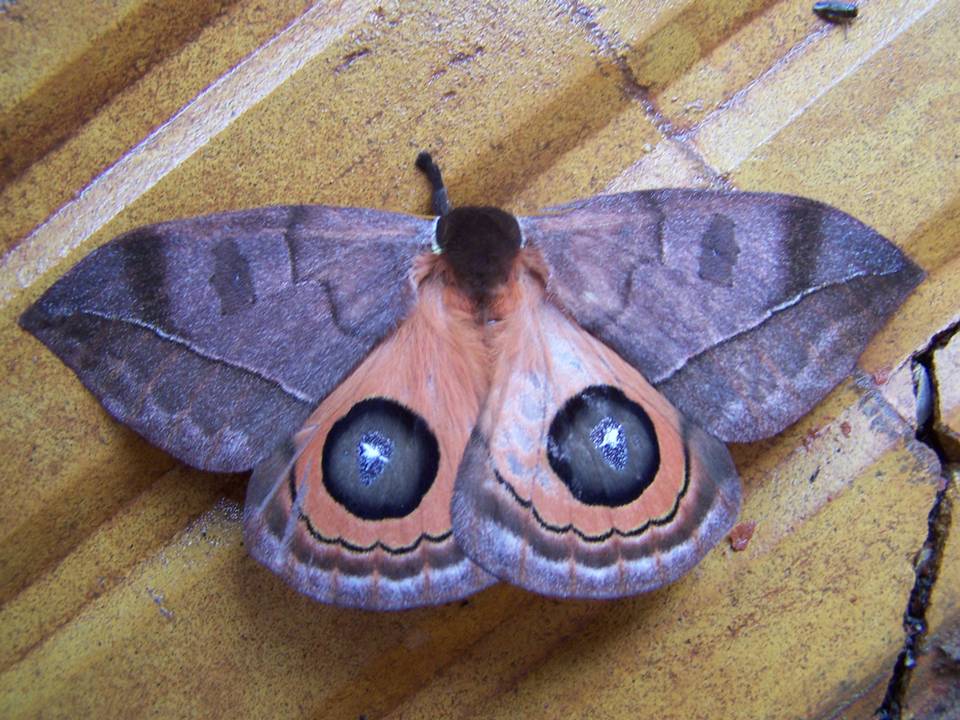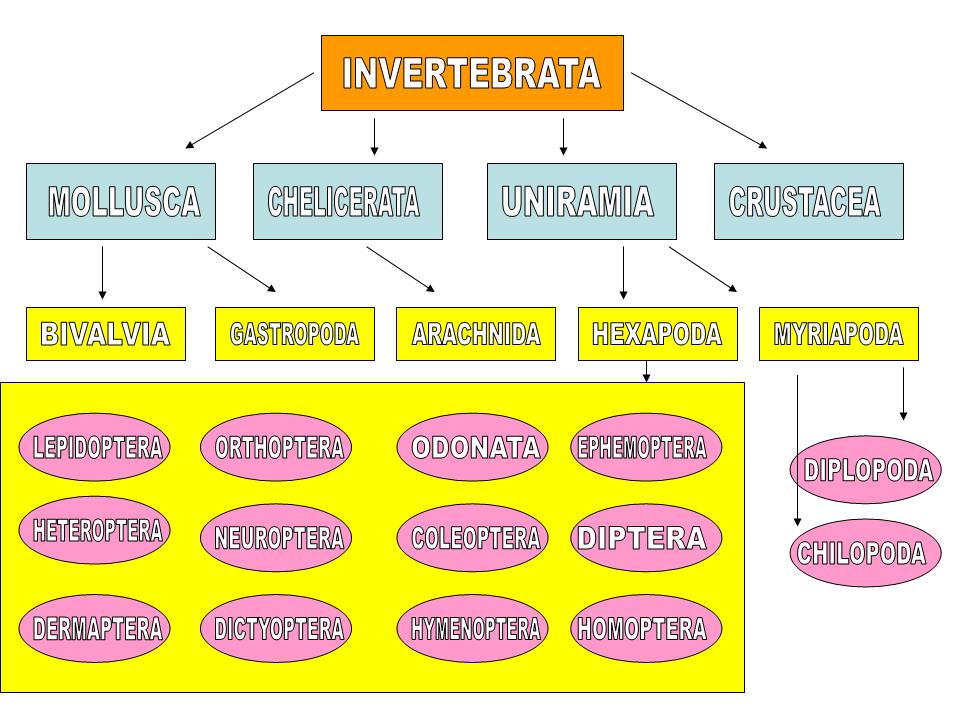FAUNA PARAGUAY INVERTEBRATE IMAGE GALLERY


FAUNA Paraguay Gallery of Invertebrate Images
The vast majority of animal species on the planet are invertebrates and their diversity of form, life-style, size and colour vastly supercedes that of the vertebrates. Though we could never hope to come close to documenting the complete invertebrate fauna of Paraguay (some species are just too tiny even to see!) the pages in this section of FAUNA Paraguay provide an introduction to at least some of the larger and more conspicuous species. Pages are accessed via the hierarchy of taxonomy beginning here with an introduction to the invertebrates as a group and the arthropods, the group which are covered by FAUNA Paraguay. See the diagram at the bottom of the page to better understand how this taxonomy breaks down.
Designed by Paul Smith 2006. This website is copyrighted by law. Material contained herewith may not be used without the prior written permission of FAUNA Paraguay. Photographs on this web-site were taken by Paul Smith, Hemme Batjes, Regis Nossent,
Alberto Esquivel, Arne Lesterhuis, Rebbeca Zarza, Josť Luis Cartes and Hugo del Castillo and are used with their permission.

INVERTEBRATES
Invertebrates are defined as animals without backbones. The distinction between vertebrates (animals with backbones) and invertebrates was first propsoed by Lamarck in 1801 and is unusual in taxonomy in that it concentrates on the absence of a feature rather than the presence of one. Lamarck believed in the now defunct theory of teleology, that evolution was goal-driven and involved a progression from simple life-forms towards a more advanced form of life, of which Man sat at the top of the tree followed by other vertebrates. Taxonomically this division is less than desirable, giving undue value to the vertebrates which strictly-speaking form only a part of the Phylum Chordata, but it has persisted through time as a simple way of classifying life forms.
ARTHROPODA
Most of the invertebrates on the FAUNA Paraguay website belong to the Superphylum Arthropoda. This consists of six separate Phyla, of which only three are treated here.
Chelicerata - Spiders, Scorpions etc
Crustacea - Crabs, Prawns etc
Uniramia - Insects, Millipedes, Centipedes etc
Click on the links to access the introductions to these groups.
The word arthropod is derived from the Greek meaning "jointed leg", one of the characteristics of this group. Furthermore they possess a hard, segmented exoskeleton composed of chitin and proteins which necessitates a series of moults in order for growth to take place. Most arthropods have compound eyes. Arthropods make up the great majority of the invertebrates and hence the great majority of animal life-forms on earth. Their success can be attribited to the evolution of a water-conserving excetory and gas exchange system that has allowed them to conquer land. The first arthropod like creatures appeared in the Precambrian.
The remaining group are not arthropods and are treated here:
Mollusca - Snails, Slugs and Bivalves etc.

INVERTEBRATE HIERARCHICAL TAXONOMY ON FAUNA PARAGUAY WEBSITE
The diagram below acts as a site map for the Invertebrate sections of the FAUNA Paraguay page.



